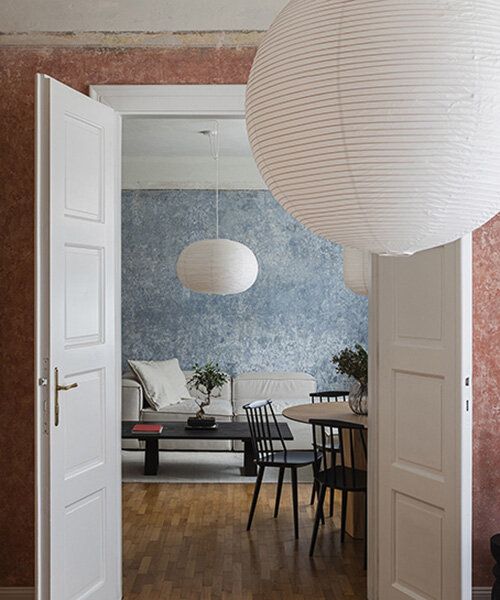In a significant decision, Slovakia’s Supreme Court declared that the assassination of former Prime Minister Robert Fico does not qualify as a terrorist act. The ruling has sparked discussions about the nature of political violence and what constitutes terrorism.
Supreme Court’s Ruling
The Supreme Court’s ruling focused on the lack of sufficient evidence to classify the assassination as terrorism. The court emphasized that characterizing the act this way requires clear indications that it aimed to instill fear in the general population for political motives.
This distinction is important as it shapes both the legal consequences for the perpetrator and the narrative surrounding the case. Legal experts believe this ruling could impact future classifications of politically motivated violence in Slovakia and beyond.
Context Behind the Ruling
Robert Fico was a prominent figure in Slovak politics, serving multiple terms as Prime Minister. His death has raised many questions about political stability in the region. The court’s decision highlights a growing trend in how countries define and respond to politically motivated violence.
Key points from the court’s findings include:
- Insufficient evidence: The lack of substantial evidence contributed to the classification of the act.
- Narrow interpretation of terrorism: The court pointed out that not every politically motivated act or assassination fits into terrorism definitions.
Analysts suggest that definitions of terrorism are often shaped by cultural, historical, and political contexts. In this case, the Supreme Court’s decision reflects Slovakia’s current legal framework and societal views on terrorism.
Reviving History in Košice
In other news, the city of Košice is experiencing a transformation that celebrates its architectural heritage. A recent renovation project by the studio RAN has brought new life to a 1930s apartment, merging modern living with historical integrity. The project, named RE-FLAT, showcases the beauty of the past while meeting present-day standards.
Restoration over Replacement
The RE-FLAT project adapted an original one-bedroom apartment into a two-bedroom space. The renovations focused on maintaining original features, with a strong emphasis on restoring rather than replacing. Features retained include:
- Terrazzo floors: Covering a quarter of the space, these floors have been beautifully restored and extended.
- Solid wood doors: Original doors have been thoughtfully restored to preserve the character of the apartment.
- Unique paintwork: Each room showcases different layers of paint that tell the story of the apartment’s history.
The lead designer, Zoran Trpcevski, drew inspiration from the layers of paint revealed during the renovation. This attention to detail allows each room to narrate its unique history while providing a modern living environment.
Modern Amenities with Historical Charm
One of the most significant changes was relocating the kitchen to the former bathroom, making it the apartment’s focal point. This was part of a broader effort to maximize living space and natural light. The entrance hall was also reduced, allowing for a new bathroom and improved overall flow.
Other modern upgrades included:
- Classic brick-sized tiles in the kitchen and bathroom, complementing the restored terrazzo.
- New furniture designed to harmonize with the historic elements of the apartment.
The aim was clear: to create a living space that respects history while offering the comforts of modern life.
A Vision for the Future
The RE-FLAT project represents more than just an apartment renovation; it embodies a vision for the preservation of Slovakia’s architectural heritage. As cities evolve, projects like these can guide developers and homeowners alike in balancing historical significance with contemporary needs.
As Slovakia navigates complex issues both politically and architecturally, these projects remind us of the importance of history in shaping our present and future. The ongoing discussions in the Supreme Court and the vibrant transformations in places like Košice highlight the dynamic nature of the country today.
Slovakia finds itself at a crossroads between understanding political violence and embracing its rich architectural history. The Supreme Court’s ruling may set a precedent, while the RE-FLAT project shows that innovation can coexist with tradition. As the nation continues to grow and change, these stories serve as reminders of the past, shaping a brighter future
